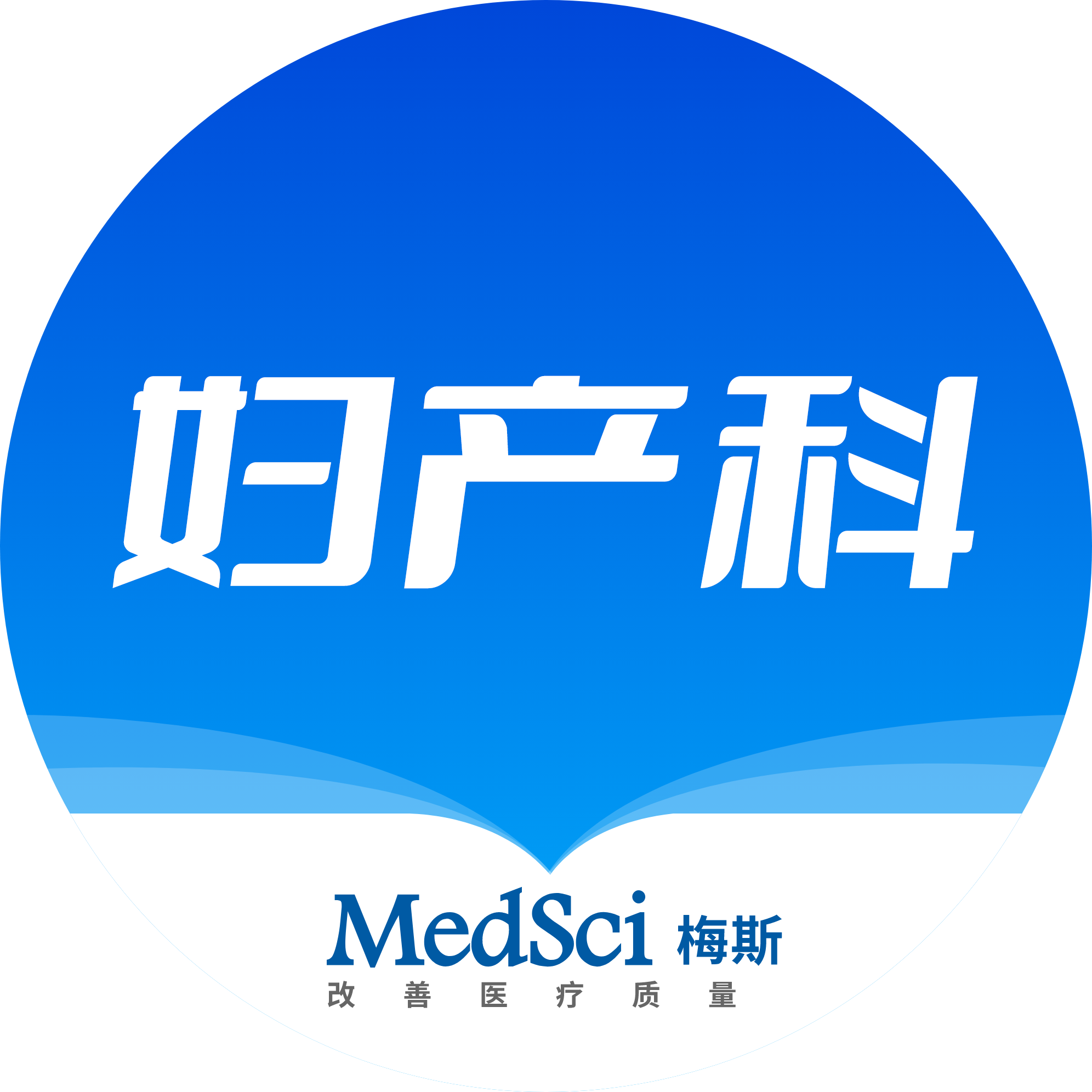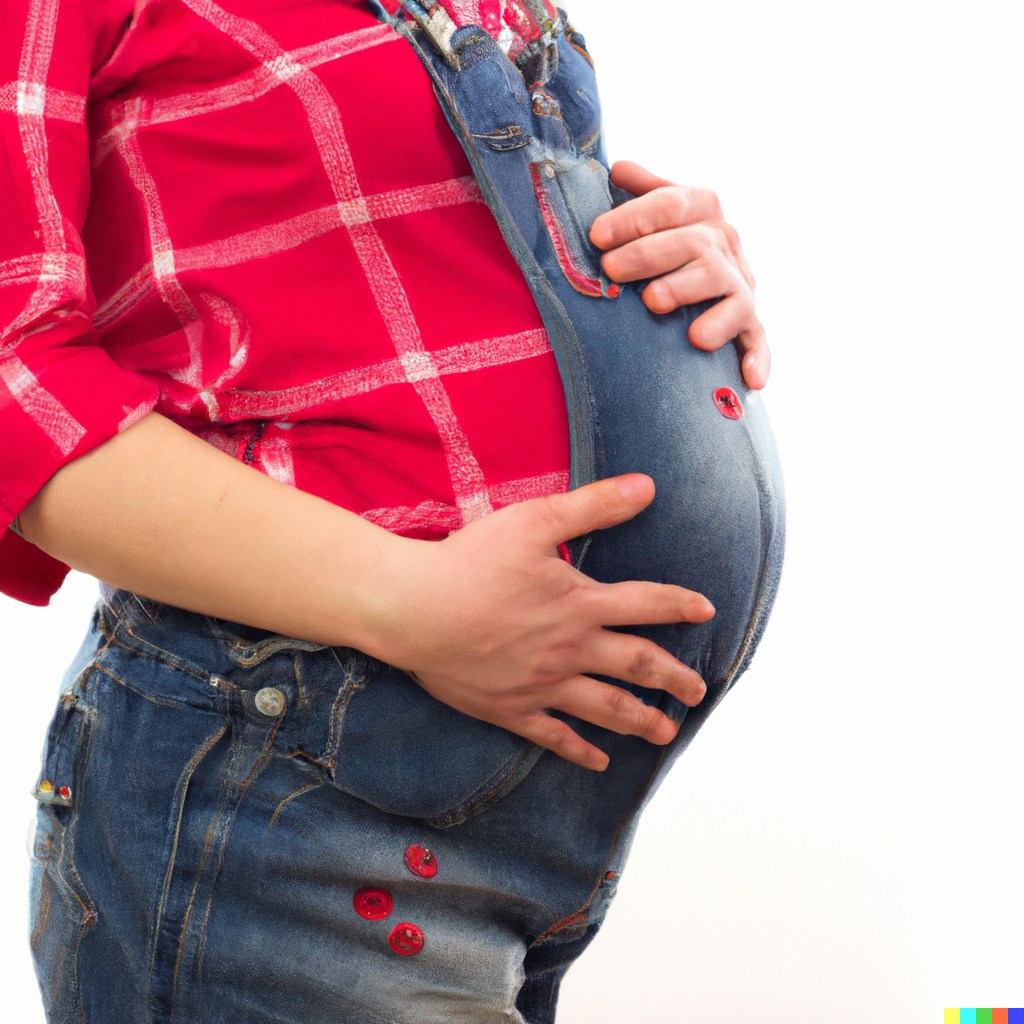移植当天血清孕酮水平,对植入成功率和妊娠结局有影响吗?
2023-09-09 生殖医学论坛 生殖医学论坛 发表于上海
胚胎移植日当天的血清孕酮水平是否对胚胎植入成功率和妊娠结局有影响?
欧洲人类生殖与胚胎学学会(ESHRE)年会是生殖医学领域规模最大、最具影响力的年度国际学术会议之一,覆盖生殖医学领域所有专业。2023年ESHRE年会已经召开,生殖医学论坛精选了众多会议精华内容进行了翻译,希望给大家带来最新鲜、最前沿的生殖医学资讯。
本篇内容由翻译志愿者朱怡医生翻译,蔡贺博士审校,供大家学习交流!
Study question
研究问题
Do serum progesterone levels on the day of embryo transfer (ET) have an impact on implantation and pregnancy outcomes?
胚胎移植日当天的血清孕酮水平是否对胚胎植入成功率和妊娠结局有影响?
Summary answer
总结答案
Serum luteal progesterone levels were not associated with pregnancy outcomes under the condition of utilizing 60mg intramuscular progesterone for luteal support in artificial cycles.
在人工周期冻胚移植使用肌注60mg黄体酮进行黄体支持的前提下,血清孕酮水平与妊娠结局无关。
What is known already
已知现状
It was recognized that circulating progesterone level might be associated with frozen-thawed embryo transfer (FET) success, and a serum progesterone level above a certain threshold at the time of blastocyst transfer improved live birth rates (LBR) and reduced risk of miscarriage in artificial FET cycles. However, this hypothesis is controversial as the previous findings were based on data using vaginal progesterone as luteal phase support with various doses and timing of administration. Studies evaluating euploid-only FET cycles with intramuscular progesterone were lacking.
人们已经认识到,血清孕酮水平可能与冻融胚胎移植的成功率有关,在胚胎移植时血清孕酮水平高于一定阈值可以提高活产率,并降低人工周期冻胚移植的流产风险。然而,这一假设是有争议的,因为先前的研究结果是基于使用不同剂量及不同给药时间的阴道用黄体酮制剂进行黄体支持而获得的数据。缺乏冻胚移植周期单纯使用肌注黄体酮的研究证据。
Study design, size, duration
研究设计、规模、持续时间
The study incorporated infertile couples undergoing (preimplantation genetic testing, PGT) from 1st January 2018 to 31st July 2021. It is a retrospective cohort study including 771 patients who underwent single frozen-thawed euploid blastocyst transfer after an artificial endometrial preparation cycle with 60mg intramuscular progesterone daily for luteal support. Each patient only contributed one cycle per cohort.
该研究纳入了2018年1月1日至2021年7月31日进行植入前遗传学检测(PGT)的不孕夫妇。这是一项回顾性队列研究,囊括了771名进行单个整倍体囊胚移植的患者,他们均采用人工周期进行内膜准备,移植后每日肌注60mg黄体酮制剂进行黄体支持,队列中每个患者均只纳入了一个周期的胚胎移植数据。
Participants/materials, setting, methods
参与者/材料、设定、方法
Patients with recurrent implantation failure, endometrium 7.0 mm and cycles with gonadotrophin releasing hormone analogue down regulation were excluded. Serum progesterone measurements were taken on the day of ET, approximately 20±2 hours after the last injection of progesterone. The primary outcome was LBR based on serum progesterone levels. Secondary outcomes were the relationship between serum progesterone levels and clinical pregnancy rate, miscarriage rate as well as obstetrical and neonatal outcomes.
排除反复植入失败、子宫内膜小于7.0 mm和降调周期的患者。在移植当天进行血清孕酮的测定,即最后一次肌注黄体酮后约20±2小时。主要结果是基于活产率的血清孕酮水平。次要结果是血清孕酮水平与临床妊娠率、流产率以及产科及新生儿结局之间的关系。
Main results and the role of chance
主要结果及偶然性作用
The median of serum progesterone levels was 11.80 ng/ml [9.95, 14.60] (median/IQR) and the overall LBR, clinical pregnancy rate and miscarriage rate were 55.6%, 64.33% and 10.69% respectively. Patients with the lowest centile of serum progesterone level (≤P10, ≤8.2ng/ml) had a similar clinical pregnancy rate (62.0% vs 64.6%), live birth rate (50.6% vs 56.2%) and miscarriage rate (12.2% vs 10.5%) compared with the rest of patients. After dividing patients in deciles according to serum progesterone levels, no differences in LBR were observed among groups and no correlations were found between progesterone levels and the other pregnancy outcomes.
Multivariate regression analysis confirmed that serum progesterone levels did not affect the LBR after adjusting for possible confounders (age, body mass index, PGT indication, primary infertility, history of miscarriage, endometrium thickness, day of blastocyst and embryo quality) with adjusted (OR) 0.99, 95%CI 0.96-1.03), while the day of blastocyst (D6 vs. D5: aOR 0.47, 95%CI 0.33-0.65) as well embryo quality (good quality embryo vs. available embryo: aOR 1.88, 95%CI 1.38-2.58) were associated with LBR independently. Similarly, serum progesterone in their lowest levels did not negatively impact other pregnancy outcomes (ex. clinical pregnancy rates, miscarriage rates) and the perinatal outcomes.
血清孕酮水平的中位数为11.80 ng/ml [9.95,14.60](中位数/IQR),总活产率、临床妊娠率和流产率分别为55.6%、64.33%和10.69%。血清孕酮水平最低(≤P10, ≤8.2ng/ml)的患者与其余患者相比有相似的活产率(50.6%对56.2%)和流产率(12.2%对10.5%)。根据血清孕酮水平将患者按孕酮水平十分位数分组后,各组间LBR无差异,孕酮水平与其他妊娠结局无相关性。
多元回归分析证实,在校正了可能的混杂因素(年龄、体重指数、PGT指征、原发性不孕、流产史、子宫内膜厚度、胚胎培养天数和胚胎质量)后,发现血清孕酮水平并不影响活产率。同样,最低水平的血清孕酮不会对其他妊娠结果(如临床妊娠率、流产率)和围产期结果产生负面影响,调整后的(OR)为0.99,95%CI为0.96-1.03),而胚胎培养天数(D6vs.D5:aOR 0.47,95%CI 0.33-0.65)以及胚胎质量(优质胚胎vs可用胚胎:aOR 1.88,95%CI 1.38-2.58)与活产率独立相关。同样,最低水平的血清孕酮不会对其他妊娠结果(如临床妊娠率、流产率)和围产期结果产生负面影响。
Limitations, reasons for caution
局限性,偏倚的原因
This is a retrospective cohort study and the results only apply for patients under artificial cycles with intramuscular progesterone. Moreover, the time interval between the last administration of progesterone and the blood test was not controlled in the present study.
这是一项回顾性队列研究,结果仅适用于人工周期中肌注孕酮进行黄体支持的患者。此外,在本研究中,从最后一次服用孕酮到验血之间的时间间隔没有得到控制。
Wider implications of the findings
研究结果的更广泛含义
Serum progesterone level may not influence the FET outcomes independently in an artificial cycle with intramuscular progesterone. A daily dose of 60mg progesterone intramuscularly for luteal support is sufficient and the measurement of serum progesterone does not need to be performed in advance for most of the patients.
血清孕酮水平可能不会独立影响人工周期冻胚移植使用肌注黄体酮进行黄体支持的患者的妊娠结局。每天肌注60mg黄体酮进行黄体支持是足够的,并且大多数患者不需要提前进行血清孕酮的测定。
文章来源:W Chen and others, P-534 Serum progesterone levels on the day of embryo transfer do not affect pregnancy outcomes after euploid blastocyst transfer: data from artificial cycles with intramuscular progesterone, Human Reproduction, Volume 38, Issue Supplement_1, June 2023, dead093.106, https://doi.org/10.1093/humrep/dead093.106
本网站所有内容来源注明为“梅斯医学”或“MedSci原创”的文字、图片和音视频资料,版权均属于梅斯医学所有。非经授权,任何媒体、网站或个人不得转载,授权转载时须注明来源为“梅斯医学”。其它来源的文章系转载文章,或“梅斯号”自媒体发布的文章,仅系出于传递更多信息之目的,本站仅负责审核内容合规,其内容不代表本站立场,本站不负责内容的准确性和版权。如果存在侵权、或不希望被转载的媒体或个人可与我们联系,我们将立即进行删除处理。
在此留言














学学英语
35